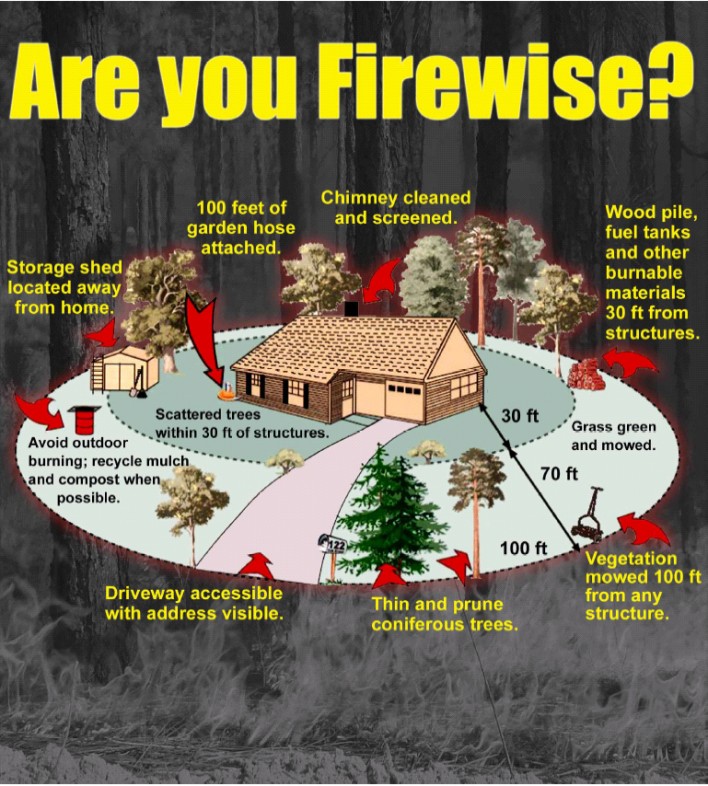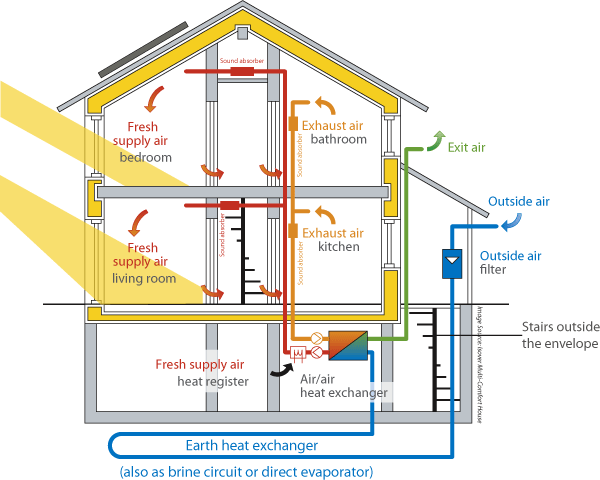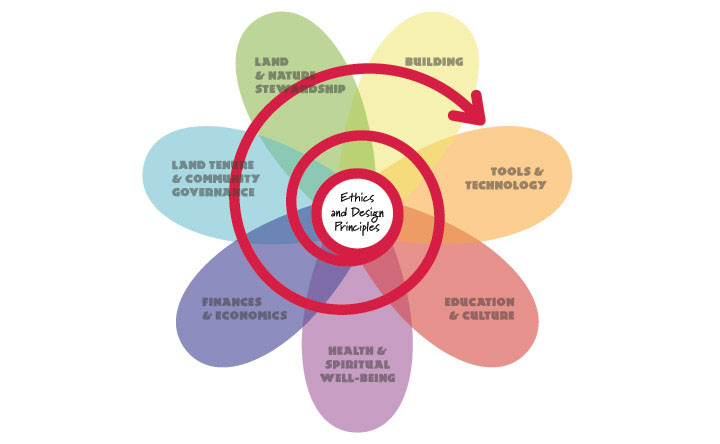FireWise Living in wooded areas (WUI – Wildland Urban Interface) or even dense sub/urban areas brings with it a certain level of danger from fire. Many options are available when building a new home or even when renovating an existing home to safeguard your property and memories from damage. Everything from landscaping to building materials to detailing and systems affects how your home performs in a fire. MANIFOLD encourages all of our clients living in WUI areas to carefully consider FireWise design; we were recently recognized for our work with the Northern Colorado Rebuilding effort in the wake of the High Park fire. Important items to consider are: Keeping Firewise principles in mind throughout the site planning and design, construction, and development phases ensures that communities are better prepared for the next wildfire. Living in the Wildland Urban Interface (WUI) Catastrophic property losses would not occur if fires happened in
Read more →A systems-based design strategy carefully models and balances a comprehensive set of factors including heat emissions from appliances and occupants–to keep the building at comfortable and consistent indoor temperatures throughout the heating and cooling seasons. Continuous mechanical ventilation of fresh filtered air, assures superb air quality.
Read more →Taylor is a certified Permaculture Designer and Architect. Having been trained through the Permaculture Design Course at the GrowHaus in Denver, Colorado, he has integrated Permaculture principals into all aspects of Manifold’s design. This integration was an easy one. At root, permaculture is good design and good design is permaculture. Permaculture Principals Permaculture is a branch of ecological design, ecological engineering, and environmental design which develops sustainable architecture and self-maintained agricultural systems modeled from natural ecosystems. The goal of Permaculture is to meet human needs while preserving and increasing ecosystem health. The core tenets of permaculture are: Take care of the earth: Provision for all life systems to continue and multiply. This is the first principle, because without a healthy earth, humans cannot flourish. Take care of the people: Provision for people to access those resources necessary for their existence. Set limits to consumption and reproduction, and redistribute surplus: Healthy natural systems use outputs from each element to nourish others. We
Read more →Building Science Concepts by Ted J. Kesik, Ph.D., P.Eng., MASHRAE University of Toronto, sponsored by RPM Building Solutions INTRODUCTION This resource page is aimed at explaining the key concepts involved in building science, as well as the relationship of this discipline to the architecture / engineering / construction (AEC) industry. It focuses on the systems approach to building technology and the utility of building science to advance the high-performance building agenda. It should be recognized that prior to the introduction of the systems approach to the discipline of building science, most of research and practice dealt with construction materials and components. The consideration of the entire building system, or in some instances sub-systems, did not emerge until the limits of a less holistic approach became painfully obvious in the form of building defects and failures. A great deal of research and development toward the advancement of the systems approachremains to be accomplished. Despite their limitations,
Read more →Living Building Challenge Living Building Challenge is a philosophy, advocacy tool and certification program that addresses development at all scales. It is comprised of seven performance areas: Site, Water, Energy, Health, Materials, Equity and Beauty. These are subdivided into a total of twenty Imperatives, each of which focuses on a specific sphere of influence. The purpose of the Living Building Challenge is straightforward – it defines the most advanced measure of sustainability in the built environment possible today and acts to diminish the gap between current limits and ideal solutions. Whether your project is a single building, a park, a college campus or even a complete neighborhood community, Living Building Challenge provides a framework for design, construction and the symbiotic relationship between people and all aspects of the built environment. View the Living Building Challenge 2.1
Read more →



